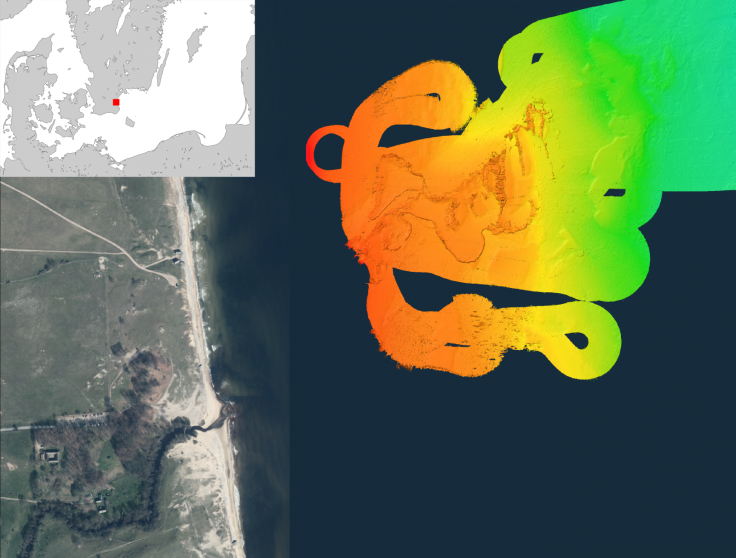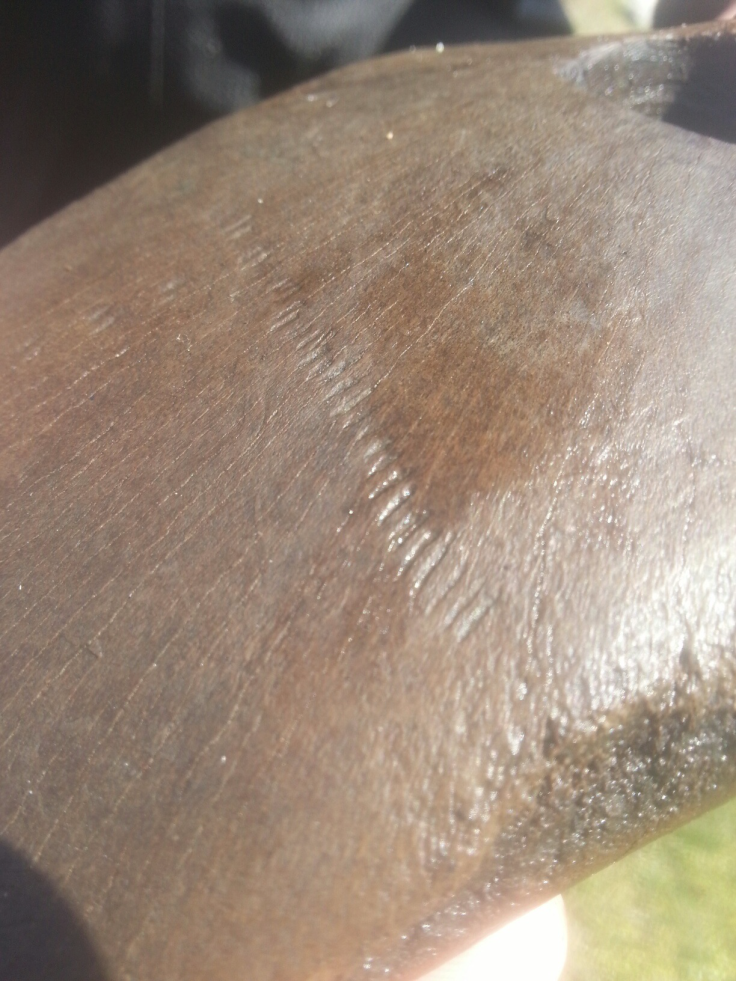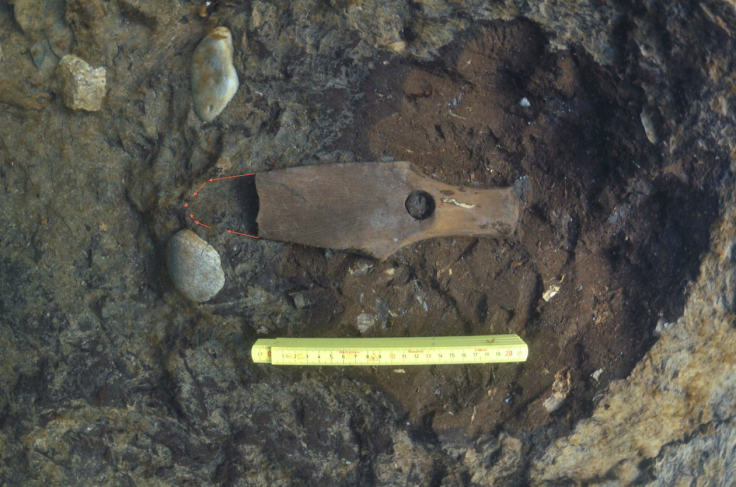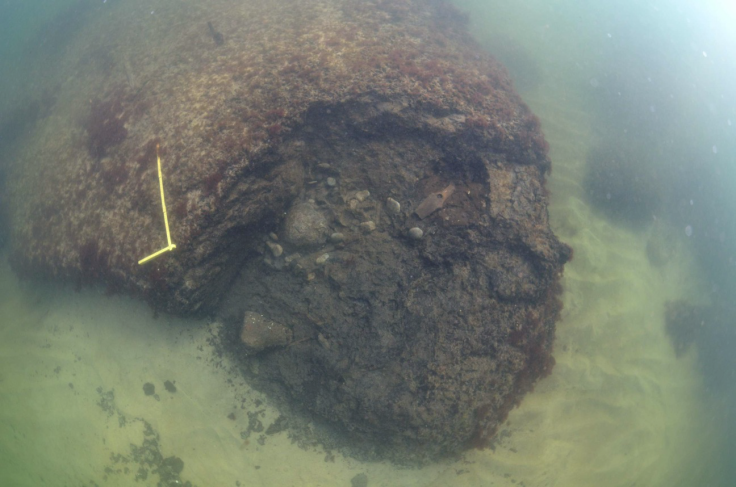Underwater Stone Age settlement a haven for fishing - and yields mysterious elk-antler pick axe
The axe has notches inscribed in it and was thrown in the rubbish when it cracked.
A Stone Age settlement submerged off the coast of Sweden has been comprehensively mapped for the first time.
Modern-day fishermen have been getting their nets stuck on stumps under the water around Hanö Bay for years, but only recently has the site been fully explored using multibeam echosounder technology, a type of sonar system. The area has now been mapped and the results published in the journal Quaternary International.
The site was occupied about 9,000 years ago when the level of the Baltic Sea was about 10-12 metres lower than it is today, Anton Hansson, a PhD geology student at Lund University in Sweden told IBTimes UK.
The site is thought to have an abundance of fish, with inhabitants only leaving when rising sea levels forced them back inland about 8,000 years ago, Hansson says. "It's a highly productive environment and you could catch lots of fish here. So as long as it was not beneath the sea people would have been here."
As well as mapping the area, the team analysed the sediment of the settlement. "We can tell that this land was very highly productive, it was quite warm – maybe slightly warmer than today," Hansson says.
This area is relatively unexplored compared with sites of comparable archaeological age and interest, Hansson says.
The Doggerland area of the seabed around the UK and France, for example, has been extensively mapped and investigated due to oil activities in the area.
The team also dredged up several significant archaeological artefacts, such as a 9,000-year-old pick axe made from the antlers of an elk. There are notches carved into the wood but the researchers do not know what they signify.

"It's been cut out from a moose horn and it's been polished. We are not really sure how it's used, as it's the only one we have found. There's been finds of stone axes looking similar which people think were replicas of this horn," says Hansson.

The axe may have been used in fishing, Hansson says, possibly to try to mount the many fish traps found in the area. The axe itself is quite blunt, so it is not likely to have been used for hunting or piercing. "The pick axe was found in in the refuse layer, which is the garbage of the settlement," he says. "It has a crack inside the shaft-hole, which is why it was tossed in the trash."
Several of the finds have been conserved and will soon go to a museum, Hansson says. But many of the finds at the site, such as the fish traps, are too large to be taken from the site, he says. "We don't have any money or logistics to get them up. So they are still there. Most of what we find stays there because we don't have the funds or possibility to take them out."


© Copyright IBTimes 2025. All rights reserved.






















